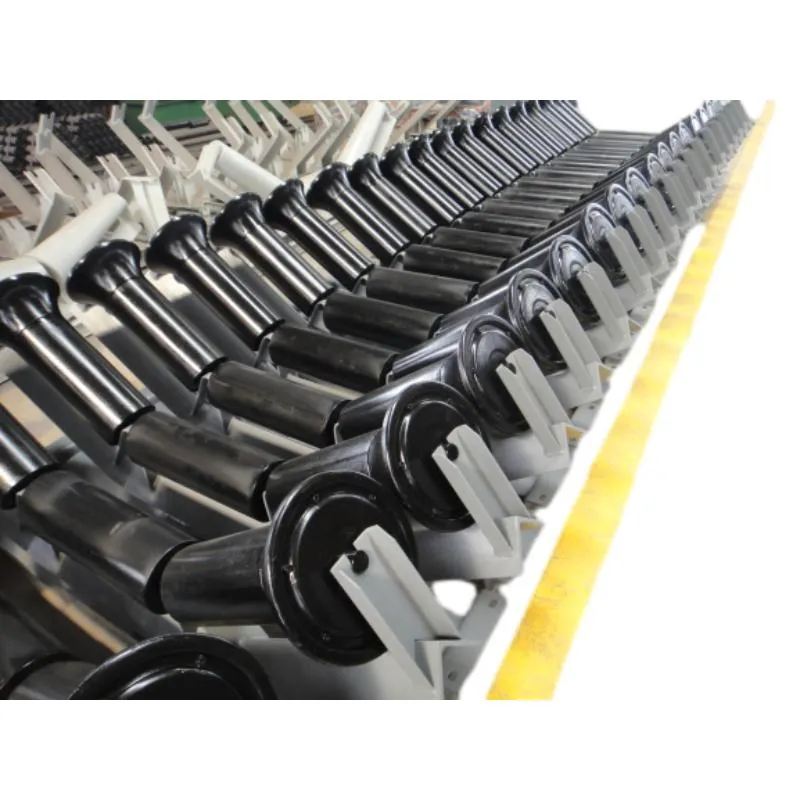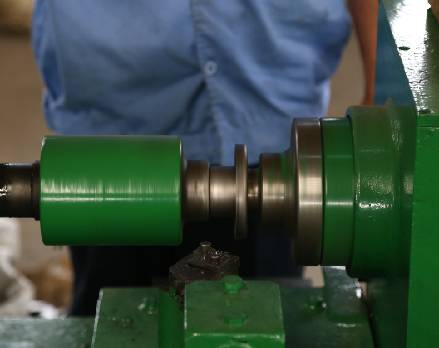 Afrikaans
Afrikaans  Albanian
Albanian  Amharic
Amharic  Arabic
Arabic  Armenian
Armenian  Azerbaijani
Azerbaijani  Basque
Basque  Belarusian
Belarusian  Bengali
Bengali  Bosnian
Bosnian  Bulgarian
Bulgarian  Catalan
Catalan  Cebuano
Cebuano  Corsican
Corsican  Croatian
Croatian  Czech
Czech  Danish
Danish  Dutch
Dutch  English
English  Esperanto
Esperanto  Estonian
Estonian  Finnish
Finnish  French
French  Frisian
Frisian  Galician
Galician  Georgian
Georgian  German
German  Greek
Greek  Gujarati
Gujarati  Haitian Creole
Haitian Creole  hausa
hausa  hawaiian
hawaiian  Hebrew
Hebrew  Hindi
Hindi  Miao
Miao  Hungarian
Hungarian  Icelandic
Icelandic  igbo
igbo  Indonesian
Indonesian  irish
irish  Italian
Italian  Japanese
Japanese  Javanese
Javanese  Kannada
Kannada  kazakh
kazakh  Khmer
Khmer  Rwandese
Rwandese  Korean
Korean  Kurdish
Kurdish  Kyrgyz
Kyrgyz  Lao
Lao  Latin
Latin  Latvian
Latvian  Lithuanian
Lithuanian  Luxembourgish
Luxembourgish  Macedonian
Macedonian  Malgashi
Malgashi  Malay
Malay  Malayalam
Malayalam  Maltese
Maltese  Maori
Maori  Marathi
Marathi  Mongolian
Mongolian  Myanmar
Myanmar  Nepali
Nepali  Norwegian
Norwegian  Norwegian
Norwegian  Occitan
Occitan  Pashto
Pashto  Persian
Persian  Polish
Polish  Portuguese
Portuguese  Punjabi
Punjabi  Romanian
Romanian  Russian
Russian  Samoan
Samoan  Scottish Gaelic
Scottish Gaelic  Serbian
Serbian  Sesotho
Sesotho  Shona
Shona  Sindhi
Sindhi  Sinhala
Sinhala  Slovak
Slovak  Slovenian
Slovenian  Somali
Somali  Spanish
Spanish  Sundanese
Sundanese  Swahili
Swahili  Swedish
Swedish  Tagalog
Tagalog  Tajik
Tajik  Tamil
Tamil  Tatar
Tatar  Telugu
Telugu  Thai
Thai  Turkish
Turkish  Turkmen
Turkmen  Ukrainian
Ukrainian  Urdu
Urdu  Uighur
Uighur  Uzbek
Uzbek  Vietnamese
Vietnamese  Welsh
Welsh  Bantu
Bantu  Yiddish
Yiddish  Yoruba
Yoruba  Zulu
Zulu Feb . 17, 2025 15:14
Back to list
Belt Conveyor Idler
Troughing idlers are critical components in conveyor systems, often overlooked yet indispensable for their role in ensuring smooth and efficient operations. These components, known for supporting and guiding conveyor belts in a trough-like shape, are essential for optimizing material handling processes across various industries including mining, construction, and agriculture.
Trustworthiness in implementing troughing idlers stems from a combination of utilizing proven, certified products and integrating feedback from seasoned professionals. Reputable manufacturers who adhere to quality standards and provide warranties are often a reliable choice for operators seeking to enhance their conveyor systems. Trust is further bolstered by transparent communication between service providers and end-users, ensuring that the selected idlers meet the anticipated operational demands and comply with safety regulations. Testimonials from long-term users of specific brands often validate claims of improved efficiency and durability, reinforcing the trust placed in these indispensable conveyor components. The future of troughing idlers looks promising with advancements in materials science and digital monitoring technologies offering new possibilities for enhancing their performance. The integration of IoT (Internet of Things) capabilities enables real-time monitoring of idler performance, alerting operators to potential issues before they escalate. This proactive approach, supported by data analytics, further amplifies the reliability and efficiency of conveyor systems, aligning with contemporary demands for sustainable and resource-optimized industrial operations. In summary, troughing idlers play a vital role in optimizing conveyor belt systems, with their significance underscored by experiential insights, technical expertise, authoritative recommendations, and trustworthy implementations. As industries continue to evolve, these components will remain key to facilitating efficient material handling, provided that operators maintain a keen eye on leveraging technological advancements and adhering to best practices in their selection and maintenance.


Trustworthiness in implementing troughing idlers stems from a combination of utilizing proven, certified products and integrating feedback from seasoned professionals. Reputable manufacturers who adhere to quality standards and provide warranties are often a reliable choice for operators seeking to enhance their conveyor systems. Trust is further bolstered by transparent communication between service providers and end-users, ensuring that the selected idlers meet the anticipated operational demands and comply with safety regulations. Testimonials from long-term users of specific brands often validate claims of improved efficiency and durability, reinforcing the trust placed in these indispensable conveyor components. The future of troughing idlers looks promising with advancements in materials science and digital monitoring technologies offering new possibilities for enhancing their performance. The integration of IoT (Internet of Things) capabilities enables real-time monitoring of idler performance, alerting operators to potential issues before they escalate. This proactive approach, supported by data analytics, further amplifies the reliability and efficiency of conveyor systems, aligning with contemporary demands for sustainable and resource-optimized industrial operations. In summary, troughing idlers play a vital role in optimizing conveyor belt systems, with their significance underscored by experiential insights, technical expertise, authoritative recommendations, and trustworthy implementations. As industries continue to evolve, these components will remain key to facilitating efficient material handling, provided that operators maintain a keen eye on leveraging technological advancements and adhering to best practices in their selection and maintenance.
Latest news
-
Taper Centering Idler Set for Conveyor SystemsNewsJun.25,2025
-
Small Idler Rollers for Industrial ConveyorsNewsJun.25,2025
-
Guide Training Idler Set for Conveyor MaintenanceNewsJun.25,2025
-
Friction Offset Idler Set for Industrial UseNewsJun.25,2025
-
Double-Center-Roller Idler AlignmentNewsJun.25,2025
-
Channel Inset Impact Troughing Idler Set for Heavy LoadsNewsJun.25,2025
OUR PRODUCTS





























